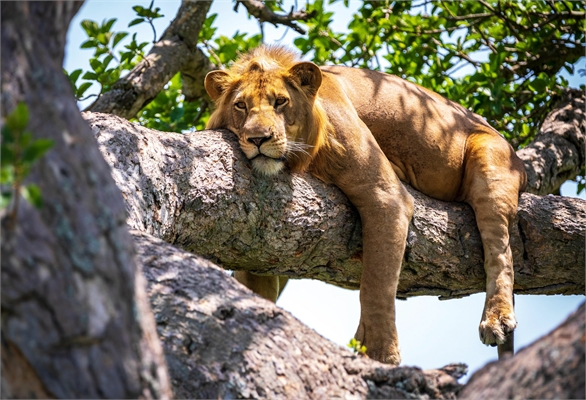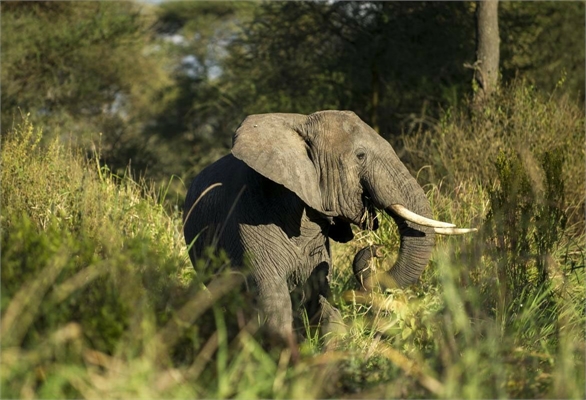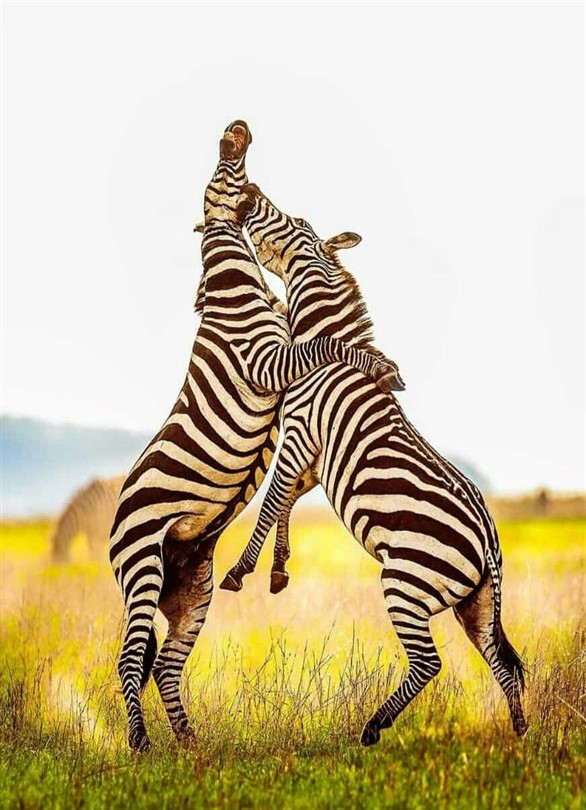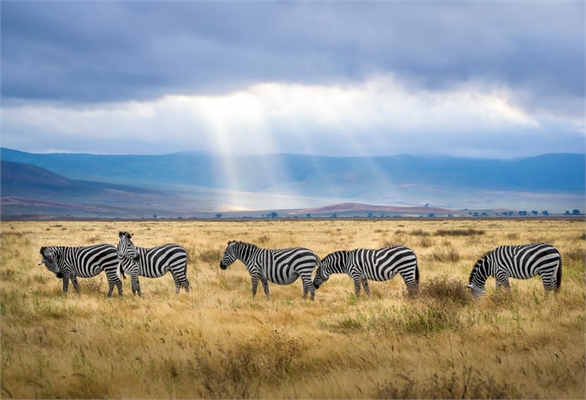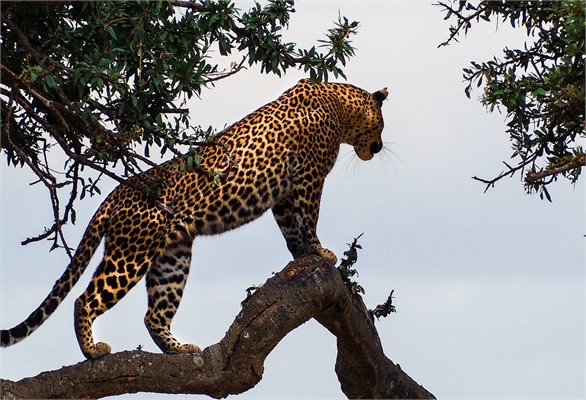Exploring the Ngorongoro Crater: Nature’s Masterpiece
Nestled in the northern reaches of Tanzania, the Ngorongoro Crater is one of the most remarkable and awe-inspiring natural wonders in the world. Often referred to as the "Eighth Wonder of the World," this vast caldera is not just a geological marvel but also a thriving ecosystem teeming with wildlife. As part of the Ngorongoro Conservation Area, a UNESCO World Heritage Site, it serves as a vital link in the preservation of East Africa’s unparalleled biodiversity. Visiting the crater is akin to stepping into a natural amphitheater where the drama of life unfolds against a backdrop of staggering beauty.
The Ngorongoro Crater was formed approximately three million years ago, the result of a volcanic eruption that caused the collapse of a massive volcano. Today, it is the largest unbroken caldera in the world, spanning about 260 square kilometers with walls that rise over 600 meters from the crater floor. The result is a self-contained ecosystem, sheltered from the outside world, yet brimming with life. This natural enclosure has created a sanctuary for wildlife, and it is one of the few places in Africa where you can see such a dense concentration of animals within a relatively small area.
The first impression of the Ngorongoro Crater is unforgettable. As you ascend to the crater rim, the landscape unfolds like a dream. From the rim, the panoramic views are breathtaking—a mosaic of open grasslands, swamps, woodlands, and the shimmering expanse of Lake Magadi, a soda lake that attracts flocks of flamingos. The crater floor is a patchwork of habitats that support an astonishing variety of species. The sheer scale and diversity of the crater create a sense of timelessness, as though the natural world has paused to display its splendor in its purest form.
Descending into the crater, you enter a world alive with activity. The rich volcanic soils and year-round water supply support an abundance of herbivores, which in turn attract predators. It is often said that the Ngorongoro Crater offers one of the best wildlife-viewing experiences in Africa, and it’s easy to see why. Within minutes, you may encounter a pride of lions lounging under an acacia tree, a herd of elephants making their way across the plains, or a group of zebras grazing peacefully. The density of wildlife is staggering, and each turn of the road promises a new discovery.
Among the crater’s most celebrated inhabitants are the critically endangered black rhinoceroses. The crater provides one of the last strongholds for these majestic creatures, and seeing one in the wild is a privilege that few ever forget. The rhinos are a symbol of the conservation efforts that protect the crater and its wildlife, serving as a reminder of the fragility and resilience of nature.
Predators thrive in the Ngorongoro Crater, making it a prime location for observing the intricate dynamics of the food chain. Lions are abundant, and their majestic presence is a highlight for many visitors. With the ample prey available, they often exhibit behaviors that reveal the complexities of their social structure. Cheetahs, although less frequently seen, also roam the crater floor, their sleek bodies and incredible speed a testament to nature’s engineering. Hyenas, often misunderstood as scavengers, are highly skilled hunters here, and their eerie calls echo across the landscape, especially at dawn and dusk.
Beyond the predators and iconic megafauna, the crater is home to an extraordinary array of other species. Hippos wallow in the pools and marshes, their enormous bodies submerged to escape the heat. Wildebeests and zebras share the grasslands, forming large herds that move in harmony. Buffalo, gazelles, and warthogs complete the picture, creating a vibrant ecosystem where each species plays a vital role. For bird enthusiasts, the crater is a paradise, with over 500 recorded species, including kori bustards, crowned cranes, and countless raptors.
One of the unique features of the Ngorongoro Crater is its soda lake, Lake Magadi. The lake’s alkaline waters create a haven for flamingos, whose pink hues add a splash of color to the scenery. The sight of these elegant birds wading in the shallow waters, with the crater walls rising dramatically in the background, is a moment of pure magic. The lake also attracts other waterbirds, including pelicans and storks, adding to the incredible diversity of the crater’s avian life.
The human history of the Ngorongoro Crater is as rich as its natural heritage. The Maasai people have lived in harmony with the area’s wildlife for centuries, their traditional lifestyle closely linked to the land. The crater and its surrounding conservation area are unique in allowing human habitation alongside wildlife, a balance that reflects the Maasai’s deep respect for nature. Their iconic red shukas and distinctive jewelry stand out against the earthy tones of the landscape, and their culture adds a layer of depth to the experience of visiting the crater.
Conservation is at the heart of the Ngorongoro Crater’s story. The creation of the Ngorongoro Conservation Area in 1959 was a groundbreaking effort to protect both wildlife and the Maasai way of life. This dual-purpose approach has inspired conservation models worldwide, emphasizing the importance of preserving not only nature but also the cultural heritage of indigenous communities. However, the challenges of balancing human needs and wildlife conservation remain, requiring ongoing collaboration and innovative solutions.
In many ways, the Ngorongoro Crater is more than just a destination—it is a symbol of the beauty and complexity of our planet. Its landscapes are a reminder of the Earth’s ancient forces, its wildlife a testament to the resilience of life, and its human presence a call to protect the delicate balance that sustains us all. For those fortunate enough to experience it, the Ngorongoro Crater is not simply a place to visit but a journey into the heart of nature’s most extraordinary creations.

